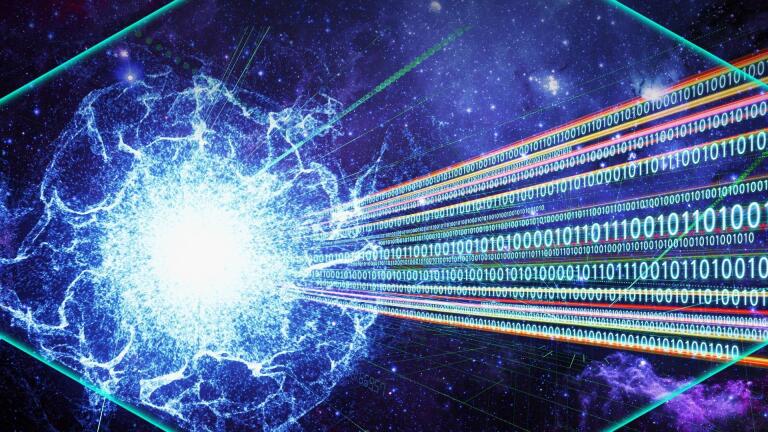Up Next

The New Physics of Black Hole Star Capture | Extreme Tidal Disruption Events
Season 10
Episode 21
17:44
Back to Show
PBS Space Time
Do Black Holes Have to Be Black?
Season 10
Episode 17
It turns out there is a way to make a coloured black hole—as long as by colour you mean quantum chromodynamic charge.
Support Provided By

14:05
Although elusive, the quantum spin has led to some of the deepest insights we now know.

14:01
Entropy is behind one of the most fundamental laws of physics.

12:22
The more time and space are divided, the distance between them may not exist.

13:44
The accumulation of space junk increases collisions known as the Kessler Syndrome.

11:34
If Planck relics are real, then the black holes may just be everywhere.

10:48
Quantum mechanics forbids us from measuring the universe. But we try with this principle.

14:08
We examine all the best-case scenarios for life beyond Earth.

13:11
Einstein gives us a glimmer of hope that time can be warped.

12:35
It may be that for every star in the universe there are billions of black holes.

12:35
Muon G-2 experiment produces the most successful predictions in physics.

12:48
We talk about some real experiments that claim to have demonstrated Zeno's phenomenon.

13:08
The crisis in cosmology has actually gotten worse, which means we may be onto something!










